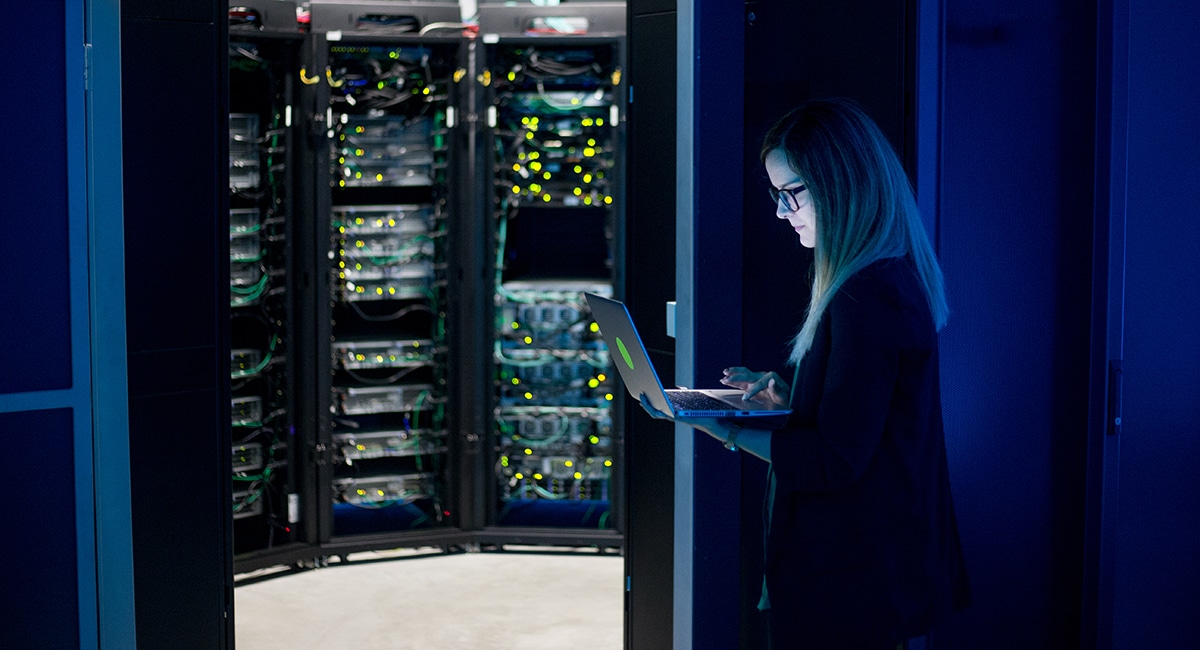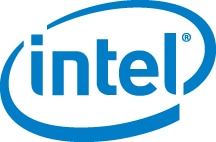September 18, 2019
3 Factors Driving the Adoption of Next-Generation Backup
Organizations are deploying data center solutions that will help them simplify, scale and pave a path to the hybrid cloud.

When I talk with IT professionals about next-generation backup technologies, I try to focus less on what these solutions are and more on what they help organizations do.
The term encompasses a wide range of solutions that can help IT teams solve their pressing data center and business problems. As I talk with clients about moving to next-generation backup, I tend to go easy on the terminology and instead discuss fixing problems with their current environments. Often, these conversations reveal that businesses are hungry for backup technologies that will help them to achieve a trio of benefits that are largely unattainable with their existing solutions.
1. Reduced Complexity
Most organizations’ backup and disaster recovery solutions have grown organically over time, with data center administrators adding a piece here and bolting on an appliance there until the environment has become maddeningly complicated. These environments are difficult to manage and maintain; if administrators try to update one piece of the environment, they might end up breaking two others. A more modern approach gives organizations a single, software-defined interface to facilitate updates, preventing a scenario where administrators are forced to update 20 different solutions in 20 different ways.
2. The Ability to Scale
Data is being created at a phenomenal rate, and organizations are constantly seeking new ways to create more insights from the information they gather from sources such as end users and distributed devices. New solutions must prioritize data accessibility and protection.
Most legacy solutions were built with the idea of eventually scaling into the hundreds of terabytes. Now, we’re seeing even some small organizations scaling into petabytes — and storing and protecting a wider variety of data types, including video, images and other large files.
In addition to scaling up, organizations must be able to scale out, backing up more data simultaneously. Legacy solutions have historically struggled with this. Data center administrators have attempted to solve their scaling problems by bolting on network-attached storage. But over time, the cost of scaling in this way becomes untenable. Modern solutions provide a more cost-effective way forward over the long term.
3. A Path to the Hybrid Cloud
Many legacy data protection solutions weren’t born ready for the cloud. Organizations want to leverage the cloud to store offsite archival copies of their data. But trying to do so with existing infrastructure doesn’t always result in the best experience, because those technologies weren’t built with that functionality in mind. Modern backup solutions were created to accommodate a cloud consumption model, and they ease the path to a hybrid cloud.
While it’s clear that modern backup solutions can provide instant value for organizations running legacy solutions, it’s incredibly uncommon for a company to simply rip and replace its existing environment with next-generation backup tools. For one, it’s difficult to build internal support for jettisoning an environment that may have cost millions of dollars over the years. But data retention policies may also require existing backups to stay in place for a predetermined length of time. An “out with the old” approach is both too costly and too risky for many organizations.
Typically, I work with companies to implement next-generation backup in bite-sized chunks. First, we identify low-risk/high-reward workloads, and then slowly replace the legacy environment with modern solutions. This approach helps organizations to receive the benefits of next-generation backup without busting budgets or creating unnecessary risk.
This blog post brought to you by:


